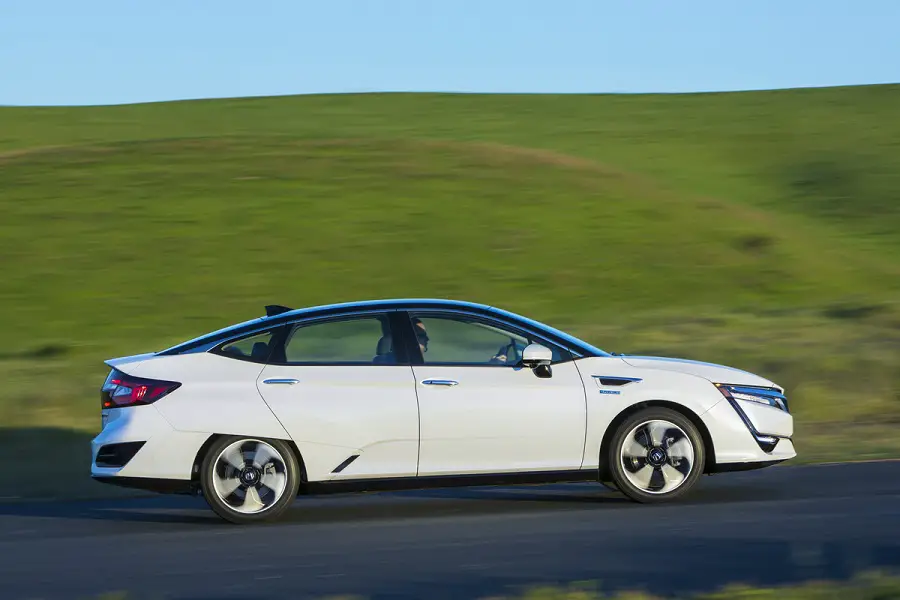Hydrogen fuel cell technology might’ve taken a leap forward in technology thanks to the ingenuity of this Japanese professor.
The technology to run cars on pressurized hydrogen fuel cells is already readily available with cars like the Toyota Mirai available for lease in certain parts of California. The problem up until possibly now has been safe storage and transport of hydrogen gas without using high-pressure tanks. But according to our Japanese reporting friends over at Rocket News 24 on their tech report earlier yesterday (Apr 6, 2017) one Japanese professor might’ve solved this problem thanks to a bit of clever engineering. First, enjoy a couple of photos of the Toyota Mirai and Honda Clarity , two hydrogen fuel cell cars available today, then read on as we try our best to explain this new technology.
If you’ve ever put your hand on one of those funny looking balls that have electricity arcing through your fingertips like some mad scientist then you know what plasma looks like. Plasma is an ionized gas with enough energy running through it that frees up both atoms or molecules and allows each to coexist independently of each other. At the same time each molecule and atom still travels around in the same nucleus. How does this all relate to hydrogen storage?
Ammonia is made up of one hydrogen atom and three nitrogen atoms. At regular temperatures, it’s liquid and relatively stable. This professor engineered a plasma membrane reactor made of two tubes, one glass tube on the outside and a palladium alloy tube inside. Ammonia gas runs through the gap between the two tubes and a high voltage charge runs through the inner tube creating ammonia plasma separating hydrogen and nitrogen.
Hydrogen passes through the palladium tube and recombines to make hydrogen gas that is then fed to the hydrogen fuel cell and the nitrogen is expelled into the atmosphere (which happens to be full of nitrogen as is.)
The big deal is that now we have a source for hydrogen without having to lug around pressurized tanks of the stuff. We’ve all seen how violent a tire can explode at a mere 32 psi. The tanks in the Mirai hold Hydrogen at 10,000 psi.
As one keen commentator pointed out, energy to provide the high voltage charge still must be supplied so we’re not sure how this professor will address this problem so, for now, the technology might be one big non-starter. But nonetheless, this is an important step in the path to sustainable fuels away from petroleum based products.
We’ll keep you in the loop if there are more developments in the process to get more hydrogen cars on the road sooner rather than later.




